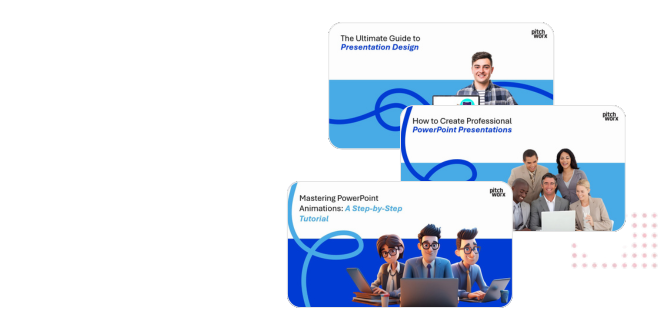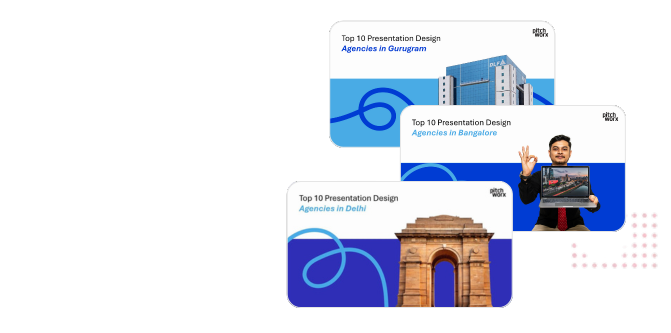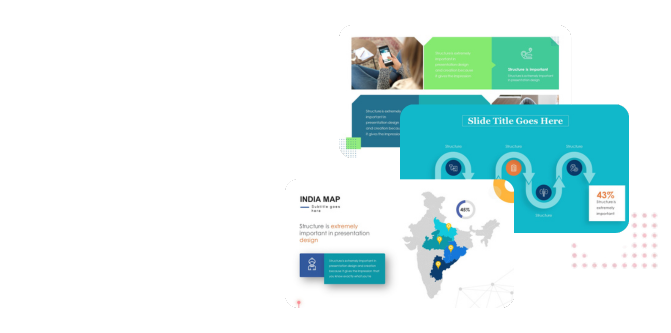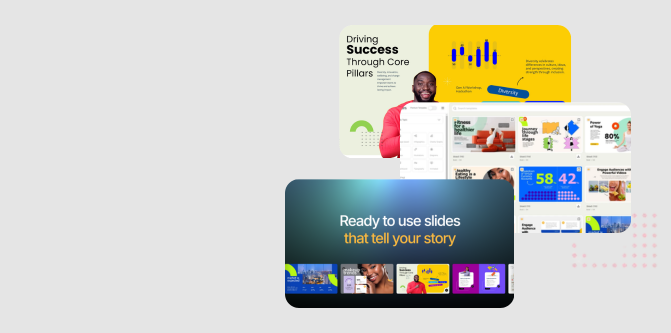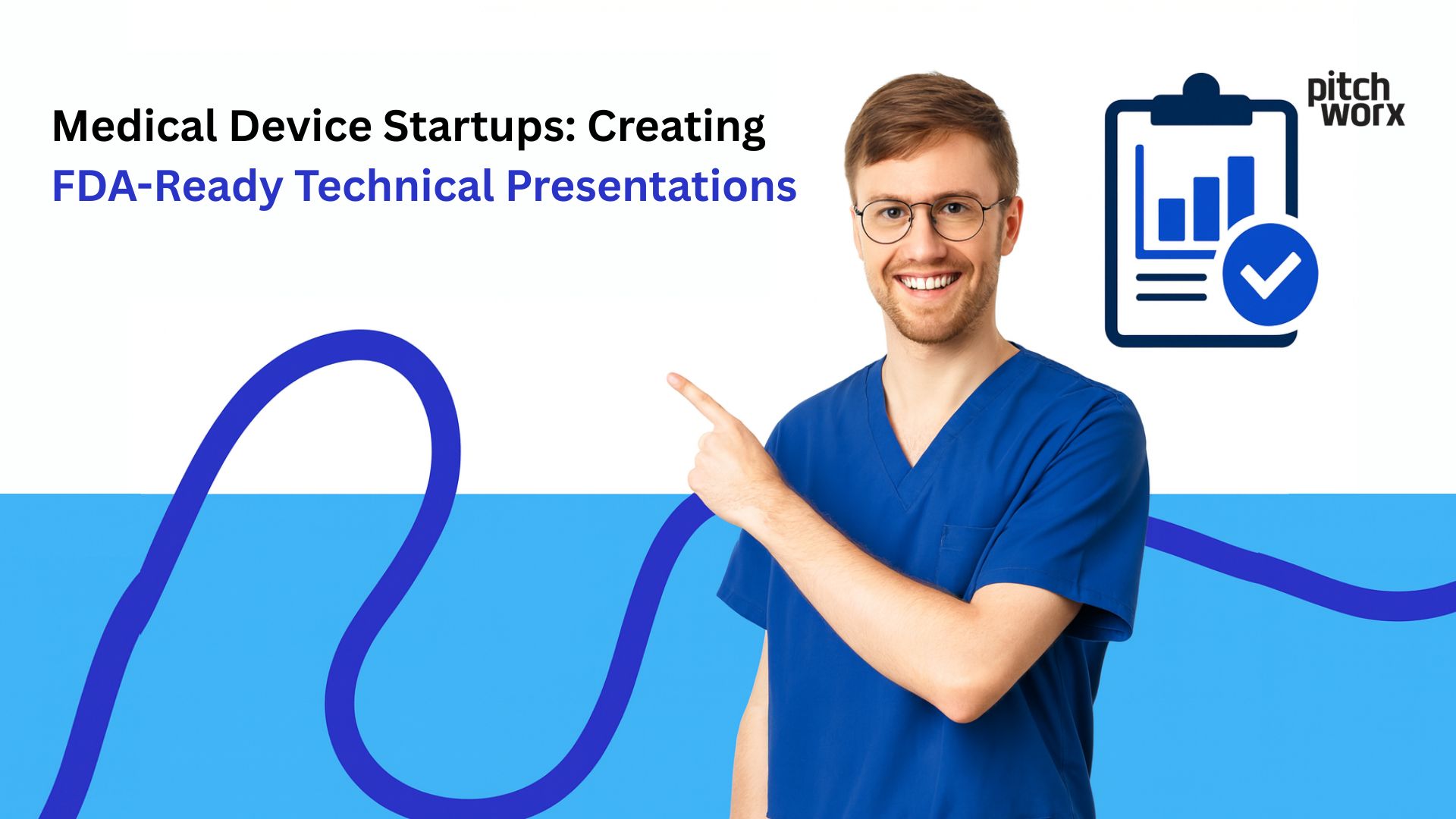Published: September 17, 2025 | Reading Time: 16 minutes | Author: PitchWorx Design Team
Quick Answer
FDA-ready technical presentations for medical device startups require clear data visualization, regulatory compliance documentation, clinical trial results, risk assessment charts, and professional presentation design. These presentations must demonstrate safety, efficacy, and quality standards while meeting FDA’s 510(k) or PMA submission requirements.
Table of Contents
- Quick Answer
- Introduction: The Critical Role of Technical Presentations in Medical Device Approval
- Understanding FDA Requirements for Medical Device Presentations
- Building Effective Technical Presentations: A Strategic Approach
- Real-World Success Story: MedTech Startup Triumph
- Essential Charts and Visual Elements for Medical Device Presentations
- Technology Transfer and Intellectual Property Presentation
- Regulatory Pathway Optimization Through Visual Communication
- Quality Management System Documentation
- Post-Market Surveillance Presentation
- Leveraging Professional PPT Design Services
- Technology Trends Impacting Medical Device Presentations
- Case Study: Breakthrough Device Designation Success
- Global Regulatory Considerations
- Frequently Asked Questions (FAQs)
- Conclusion: Your Path to FDA Success
- About Pitchworx: Your Partner in Medical Device Success
Introduction: The Critical Role of Technical Presentations in Medical Device Approval
The medical device industry represents one of the most regulated sectors in healthcare, with global market value exceeding $432 billion in 2024. For startups entering this competitive landscape, creating compelling, FDA-ready technical presentations can make the difference between approval and rejection.
Medical device startups face unique challenges when preparing regulatory submissions. Unlike established companies with dedicated regulatory teams, startups must navigate complex FDA requirements while managing limited resources. This comprehensive guide explores how effective presentation design and strategic communication can streamline your FDA submission process.
Understanding FDA Requirements for Medical Device Presentations
Key Documentation Categories
The FDA categorizes medical devices into three classes, each requiring different levels of documentation:
Class I Devices (Low Risk)
- Basic safety and effectiveness data
- Simple presentation design with clear risk-benefit analysis
- Minimal clinical data requirements
Class II Devices (Moderate Risk)
- 510(k) premarket notification
- Substantial equivalence demonstration
- Comprehensive technical documentation
Class III Devices (High Risk)
- Premarket Approval (PMA) application
- Extensive clinical trial data
- Rigorous safety and efficacy proof
Essential Components for FDA Presentations
Professional presentation design must incorporate:
- Executive summary with clear value proposition
- Device description and intended use
- Regulatory pathway explanation
- Clinical data and statistical analysis
- Risk management documentation
- Quality management system overview
Building Effective Technical Presentations: A Strategic Approach
1. Data Visualization Excellence
Effective presentation design transforms complex medical data into digestible insights. Consider this example from a successful cardiovascular device startup:
Case Study: HeartFlow’s FDA Submission Success
HeartFlow, a medical AI company, secured FDA approval for their coronary artery analysis software through exceptional data presentation. Their key strategies included:
- Interactive 3D visualizations showing arterial blockages
- Comparative charts demonstrating superiority over traditional methods
- Patient outcome timelines illustrating clinical benefits
- Cost-effectiveness models supporting economic value
Their presentation design featured clean layouts, consistent branding, and compelling visual narratives that simplified complex cardiovascular data for FDA reviewers.
2. Clinical Trial Data Presentation
Medical device startups must present clinical evidence convincingly. Here’s a proven framework:
The CONSORT Flow Diagram
Enrollment (n=500 patients) ↓ Randomization (n=480) ├─ Intervention Group (n=240) └─ Control Group (n=240) ↓ Primary Endpoint Analysis ├─ Treatment Success: 85% (204/240) └─ Control Success: 72% (173/240) ↓ Statistical Significance: p<0.001 Risk Ratio: 1.18 (95% CI: 1.09-1.28)
This clear progression helps FDA reviewers understand study methodology and results immediately.
3. Risk Assessment Visualization
FDA requires comprehensive risk analysis. Effective presentation design includes:
Risk Matrix Example:
| Risk Level | Probability | Severity | Mitigation Strategy |
|---|---|---|---|
| High | Likely | Severe | Redundant safety systems |
| Medium | Possible | Moderate | Enhanced monitoring |
| Low | Unlikely | Minor | Standard protocols |
Real-World Success Story: MedTech Startup Triumph
Company: NeuralDust Technologies
Device: Wireless neural monitoring implant
Challenge: First-in-class device with no predicate
Solution: Comprehensive presentation design strategy
NeuralDust’s FDA submission featured:
Visual Strategy Components:
- Timeline presentations showing 5-year development progression
- Comparative safety data versus existing monitoring methods
- Patient journey maps illustrating improved quality of life
- Technical specifications with clear engineering diagrams
Results Achieved:
- FDA approval within 18 months
- $50M Series B funding secured
- Partnership with major medical centers established
Testimonial from Dr. Sarah Chen, CTO:
“Our partnership with professional PPT design services transformed our regulatory strategy. The clear, compelling presentations helped FDA reviewers understand our complex technology quickly. This visual approach reduced our approval timeline by an estimated 8 months and directly contributed to our successful funding rounds.”
Essential Charts and Visual Elements for Medical Device Presentations
1. Clinical Efficacy Charts
Primary Endpoint Comparison
Device Performance vs. Standard of Care ──────────────────────────────────────── Success Rate: Your Device: ████████████████ 89% Standard Care: ████████████ 72% Improvement: +17 percentage points (p<0.001)
2. Safety Profile Visualization
Adverse Event Frequency
| Event Type | Your Device | Comparator | Risk Reduction |
|---|---|---|---|
| Major complications | 2.1% | 5.8% | 64% reduction |
| Minor complications | 8.4% | 12.3% | 32% reduction |
| Device-related events | 0.8% | 2.1% | 62% reduction |
3. Cost-Effectiveness Model
Professional presentation design should include economic impact:
5-Year Cost Analysis
- Initial device cost: $15,000
- Reduced hospital stays: -$45,000
- Decreased complications: -$22,000
- Net savings per patient: $52,000
Technology Transfer and Intellectual Property Presentation
Medical device startups must clearly communicate IP strategy:
Patent Landscape Visualization
- Freedom to operate analysis
- Competitive patent mapping
- Licensing strategy overview
- IP protection timeline
Effective presentation design helps FDA understand innovation uniqueness and market protection strategy.
Regulatory Pathway Optimization Through Visual Communication
510(k) Submission Strategy
For devices requiring 510(k) clearance, presentation design should emphasize:
Predicate Device Comparison Matrix
| Feature | Your Device | Predicate A | Predicate B |
|---|---|---|---|
| Indication | ✓ Same | ✓ Same | ✓ Same |
| Technology | Enhanced | Standard | Standard |
| Safety Profile | Superior | Adequate | Adequate |
| Clinical Evidence | Robust | Limited | Limited |
PMA Application Framework
High-risk devices require comprehensive PMA presentations:
- Executive summary (10 slides maximum)
- Device description with detailed specifications
- Clinical study reports with statistical analysis
- Manufacturing information and quality controls
- Risk-benefit analysis with visual summaries
Quality Management System Documentation
FDA expects robust quality systems. Presentation design should showcase:
ISO 13485 Compliance Framework
Quality Management System ├── Management Responsibility ├── Resource Management ├── Product Realization │ ├── Design Controls │ ├── Risk Management │ └── Clinical Evaluation ├── Measurement & Analysis └── Improvement Processes
Post-Market Surveillance Presentation
FDA requires ongoing monitoring plans. Effective presentations include:
Surveillance Strategy Visualization
Monitoring Timeline
Year 1: Monthly safety reports Year 2-3: Quarterly effectiveness studies Year 4-5: Annual comprehensive reviews Beyond: Risk-based monitoring schedule
Leveraging Professional PPT Design Services
Medical device startups benefit significantly from professional presentation design expertise:
Strategic Advantages:
- Regulatory expertise in FDA requirements
- Visual storytelling that simplifies complex data
- Brand consistency across all submission materials
- Time efficiency allowing focus on core development
Service Categories:
- Regulatory presentation design
- Investor pitch development
- Scientific poster creation
- Training material development
Technology Trends Impacting Medical Device Presentations
Digital Health Integration
Modern FDA submissions increasingly include:
- AI/ML algorithm documentation
- Cybersecurity risk assessments
- Software validation protocols
- Data privacy compliance
Personalized Medicine Considerations
Presentation design must address:
- Biomarker validation studies
- Patient stratification strategies
- Companion diagnostic requirements
- Precision therapy outcomes
Case Study: Breakthrough Device Designation Success
Company: CardioVascular Innovations Inc.
Device: Next-generation heart valve prosthetic
Achievement: Breakthrough Device Designation
Presentation Strategy:
Their FDA submission featured exceptional presentation design:
- 3D anatomical models showing device placement
- Hemodynamic flow simulations demonstrating superiority
- Patient-reported outcome measures with visual trends
- Surgeon learning curve analysis with proficiency metrics
Key Results:
- Accelerated review pathway approved
- Priority FDA consultation meetings scheduled
- Market access timeline reduced by 12 months
- Investor confidence significantly increased
Testimonial from Dr. Michael Rodriguez, CEO:
“The investment in professional presentation design paid dividends throughout our FDA journey. Reviewers consistently praised our clear, compelling data presentation. Our visual approach helped communicate complex cardiac mechanics effectively, ultimately securing breakthrough designation.”
Global Regulatory Considerations
Medical device startups often target international markets. Presentation design should accommodate:
Regional Requirements:
- FDA (United States): Evidence-based, statistical focus
- CE Marking (Europe): Conformity assessment emphasis
- PMDA (Japan): Cultural adaptation and local data
- NMPA (China): Regulatory harmonization considerations
Frequently Asked Questions (FAQs)
1. How long should an FDA submission presentation be?
Answer: FDA submission presentations vary by device class and pathway. For 510(k) submissions, aim for 40-60 slides covering all required sections. PMA applications may require 100+ slides with comprehensive clinical data. Focus on clarity over length – FDA reviewers appreciate concise, well-organized presentations that efficiently communicate key information.
2. What visual elements are most effective for clinical data presentation?
Answer: The most effective visual elements include forest plots for meta-analysis, Kaplan-Meier survival curves for time-to-event data, before-and-after comparison charts, and patient flow diagrams. Use consistent color coding, clear legends, and statistical annotations. Professional presentation design ensures complex medical data remains accessible to diverse FDA review teams.
3. How can startups demonstrate substantial equivalence for 510(k) submissions?
Answer: Demonstrate substantial equivalence through side-by-side comparison tables, overlay analysis charts, and performance characteristic matrices. Include predicate device specifications, clinical outcome comparisons, and safety profile analysis. Visual presentation design should clearly highlight similarities while addressing any differences with supporting data and risk mitigation strategies.
4. What role do PPT design services play in FDA approval success?
Answer: Professional PPT design services significantly impact FDA approval success by ensuring regulatory compliance, creating compelling visual narratives, and maintaining consistency across submission materials. Expert designers understand FDA expectations, optimize data visualization, and help communicate complex technical information effectively. This professional approach often reduces review cycles and accelerates approval timelines.
5. How should startups handle FDA feedback and revision requirements?
Answer: Handle FDA feedback through systematic revision tracking, clear response matrices, and updated presentation materials. Create revision logs showing how each FDA comment was addressed, use visual annotations to highlight changes, and maintain document version control. Professional presentation design services can help rapidly implement revisions while maintaining overall submission quality and consistency.
Conclusion: Your Path to FDA Success
Creating FDA-ready technical presentations requires strategic thinking, meticulous attention to detail, and professional presentation design expertise. Medical device startups that invest in comprehensive visual communication strategies consistently achieve better regulatory outcomes, faster approval timelines, and stronger investor confidence.
The combination of compelling data visualization, clear regulatory pathway communication, and professional presentation design creates a powerful foundation for FDA submission success. As the medical device landscape continues evolving, startups that master these presentation principles will maintain competitive advantages in bringing life-saving innovations to market.
About Pitchworx: Your Partner in Medical Device Success
Pitchworx specializes in creating compelling, FDA-ready presentations for medical device startups and established companies. Our team combines deep regulatory expertise with cutting-edge presentation design to help healthcare innovators communicate their value propositions effectively.
Our comprehensive PPT design services include regulatory submission presentations, investor pitch decks, clinical study reports, and post-market surveillance documentation. We understand the unique challenges facing medical device companies and provide tailored solutions that meet FDA requirements while engaging stakeholders.
With a proven track record of supporting successful FDA submissions, Pitchworx has helped numerous medical device startups secure regulatory approval, attract investment, and accelerate market entry. Our collaborative approach ensures your presentations not only meet regulatory standards but also tell compelling stories that resonate with FDA reviewers, investors, and healthcare providers.
Partner with Pitchworx to transform your medical device presentations into powerful tools for regulatory and commercial success. Contact us today to learn how our specialized presentation design Agency can accelerate your FDA approval journey and drive business growth in the competitive medical device marketplace.




